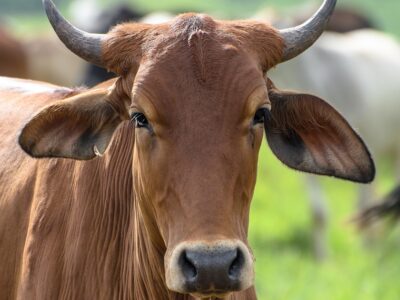Below you can find a complete list of Tajikistani animals. We currently track 221 animals in Tajikistan and are adding more every day!
Tajikistan, a small central Asian country, is home to many unique animals. They have strange and unfamiliar names like markhor, pika, goitered gazelle, argali, urial, Menzbier’s marmot, and Buchara shrew. Would you like to learn about the wildlife of Tajikistan? Read on to discover all the different types of animals that live there.
Tajikistan is known for its rugged mountains. The wild inaccessibility of these mountains makes them highly suitable for wildlife. Tajikistan has been a final stronghold of many endangered species.
The most common mammals are the wild boar, rodents and shrews, the Indian porcupine, wolves, red fox, weasel, ermine, marten, badger, otter, Turkestan lynx, Tolai hares, Turkestan red pikas, juniper voles, Siberian roe deer, and the Tian Shan brown bear.
You’ll find many birds in Tajikistan that are familiar throughout the world, such as woodpeckers, finches, sparrows, and titmice. Raptors or birds of prey include small owls, eagle owls, vultures and buzzards, hawks, golden eagles, and other eagle species. You may also spot the Eurasian hawfinch, the white-winged grosbeak, the Himalayan treecreeper, the black redstart, the greenish warbler, cuckoos, nutcrackers, Stewart’s bunting, the Lammergeier, chukar partridge, Himilayan snowcock, northern goshawk, wagtail, gold oriole, shrikes, spotted flycatchers, eastern turtle doves, rock and wood pigeons, and thrush nightingales.
What about reptiles? There are two species of venomous snakes and many non-venomous snakes, including rat snakes, water snakes, and the blind worm snake. Skinks, geckos, agamas, and other lizards also live there.
The Official National Animal of Tajikistan
Would you believe that Tajikistan’s national animal no longer lives there?
The Caspian tiger is considered Tajikistan’s national animal. What happened to it? From the late 1800s until 1947, the Caspian tiger was hunted with the intent of eradicating it – its range was wanted for farmland, and tigers were considered dangerous.
The last known Caspian tiger specimen in Tajikistan was observed in 1958, and the last in the world was killed in 1970. Today, the Caspian tiger is considered extinct. However, some DNA scientists consider the Caspian tiger to be of the same species as the Siberian or Amur tiger. Researchers hope to reintroduce tigers into the area. This would not only restore the Caspian tiger to its former range but also repair the food chain and aid in the conservation of Tajikistan’s other species.
Where To Find The Top Wild Animals in Tajikistan
Tajikistan is famous for its mountain ranges, and this habit is also ideal for wildlife viewing. The Fann Mountains, located near the nation’s capital, Dushanbe, encompass the Iskanderkul Nature Refuge. This refuge is known for bird watching.
Brown bears can be found in the Darvoz region, especially in the Hazratishoh mountain range near the border of Afghanistan.
The Most Dangerous Animals In Tajikistan Today
Whenever you are viewing wildlife, you should use caution. Wild animals don’t desire to hurt you, but they will defend themselves if they feel threatened.
This is true of the animals of Tajikistan. The brown bear, for example, will often try to avoid people. But if it is cornered or if you get too close, it may use its claws or teeth to attack. Statistically, encounters with brown bears are 21 times more dangerous than black bears and 3.5 times more dangerous than polar bears.
Watch where you step, as dangerous animals may also be hiding in the rocks or underbrush. The central Asian viper and cottonmouth and two venomous snakes that live in Tajikistan.
Endangered Animals In Tajikistan
Many of Tajikistan’s animals are endangered. Several ungulates – large mammals with hooves – are endangered. This includes the Bukhara urial wild sheep and the markhor goat. Did you know? The markhor’s name means “snake eater,” because people used to think that its large, curved horns came from eating curling snakes. Only about 300 to 400 individuals of each species exist in the wild. The Siberian ibex and the snow leopard are also endangered. The common leopard is considered regionally extinct.
Flag of Tajikistan
The flag of Tajikistan features a fairly simple design to represent its complicated history. The tricolor comes in horizontal stripes of red, white, and green. The red symbolizes victory, as well as the sun, which rises consistently every day. The white stripe stands for purity and morality. The green stripe symbolizes both fertile ground and Islam. In the center of the white stripe, there is a yellow image containing seven stars in the shape of a crown. These stars each represent the seven regions of Tajikistan.
Tajikistani Animals

Admiral Butterfly
Stunningly beautiful wings

Ant
First evolved 100 million years ago!

Antelope
Renew their horns every year!

Armyworm
They are so named because they "march" in armies of worms from one crop to another in search of food
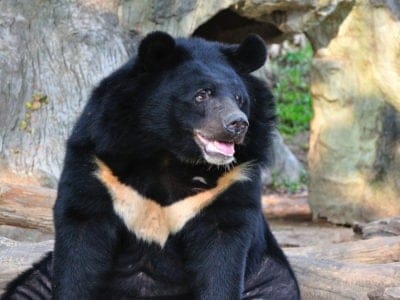
Asiatic Black Bear
Known to eat 160 different tree-borne fruits in Thailand!

Aurochs
Extinct ancestor of all domesticated cattle!

Avocet
Has a curved, upturned beak!

Banana Spider
People spin clothing and fishing nets out of these spiders’ silk.

Barb
There are over 1768 known species!

Barn Owl
Found everywhere around the world!

Barn Swallow
Older offspring help care for new hatchlings.

Bat
Detects prey using echolocation!

Bear
There are 8 different species!

Bed Bugs
Bed bugs feed for 4-12 minutes.

Bee
Rock paintings of bees date back 15,000 years

Beetle
There are more than 350,000 different species

Bird
Not all birds are able to fly!

Biscuit Beetle
The biscuit beetle form a symbiotic relationship with yeast

Black Widow Spider
They typically prey on insects!

Brazilian Treehopper
“Mild-Mannered Minimonsters”

Brown Bear
A dominant predator in it's environment!

Brown Dog Tick
Can live its entire life indoors

Bumblebee
The most common species of bee!

Butterfly
There are thought to be up 17,500 species!
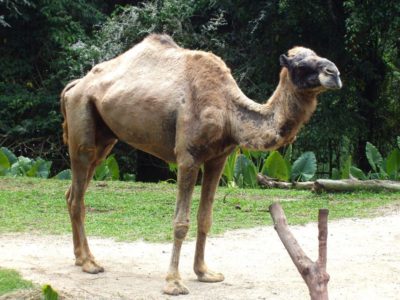
Camel
Can survive without water for 10 months!

Camel Cricket
The camel crickets that are found in the USA are light brown in color. They also have dark streaks all over their body.

Carpenter Ant
Carpenter ants can lift up to seven times their own weight with their teeth!
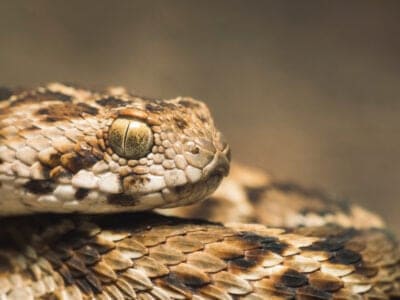
Carpet Viper
The Carpet Viper probably bites and kills more people than any other species of snake.

Cat
May have been domesticated up to 10,000 years ago.

Caterpillar
The larvae of a moth or butterfly!

Catfish
There are nearly 3,000 different species!

Centipede
There are about 3,000 documented species!

Chicken
First domesticated more than 10,000 years ago!
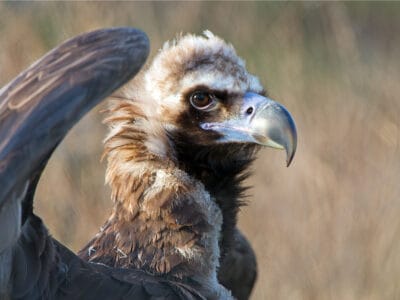
Cinereous Vulture
This vulture can fly at great heights. At least one was found a few thousand feet from the top of Mount Everest.

Cockroach
Dated to be around 300 million years old!

Codling Moth
Pupae are able to undergo diapause to survive poor fruit yield years and winter.

Common Buzzard
The most common raptor in the UK!

Common Furniture Beetle
The common furniture beetle feeds exclusively on wood

Common House Spider
House spiders have the ability to eat most insects in a home.

Common Raven
A group of ravens is called an unkindness or a conspiracy.

Cormorant
They can fly 35 mph and dive 150 feet below water.

Cow
There are nearly 1.5 billion worldwide!

Crab
There are 93 different crab groups

Crab Spider
Crab Spiders can mimic ants or bird droppings

Crane
Many are critically endangered species!

Cricket
Male crickets can produce sounds by rubbing their wings together

Crow
A group of these birds is called a Murder.

Deer
There are around 40 different species!

Dog
First domesticated in South-East Asia!

Dog Tick
Dog ticks feed on dogs and other mammals

Donkey
First domesticated 5,000 years ago!

Dragonfly
It's larvae are carnivorous!

Duck
Rows of tiny plates line their teeth!

Dung Beetle
The dung beetle can push objects many times its own weight

Eagle
Has exceptional eyesight!

Earthworm
They are hermaphrodites, which means they have male and female organs

Earwig
There are nearly 2,000 different species!

Eel
Eels can be a mere few inches long to 13 feet!
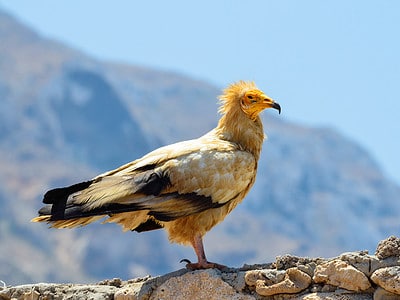
Egyptian Vulture
They steal large ostrich eggs and use rocks and pebbles to crack the shells.

Ermine
A very bold and ferocious predator!

Eurasian Eagle-owl
The Eurasian Eagle-owl is the second largest owl in the world with a wingspan up to six feet!
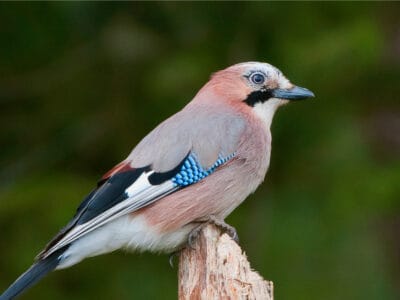
Eurasian Jay
The Eurasian jay has the ability to mimic other sounds
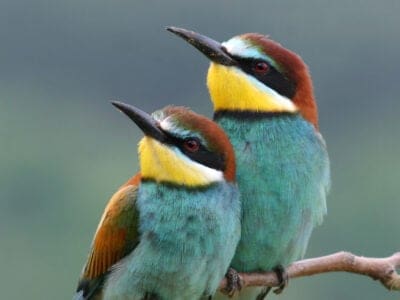
European Bee-Eater
They can eat up to 250 bees per day!
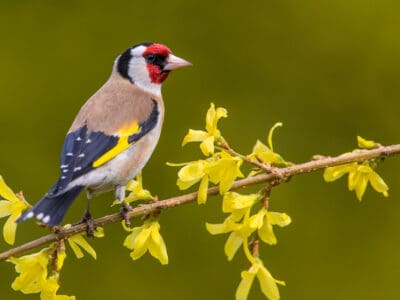
European Goldfinch
They are frequent visitors to backyard feeders, especially those containing niger seeds.

European Robin
Male robins are so aggressive and territorial that they will attack their own reflections.

Falcon
The fastest creatures on the planet!

False Widow Spider
False spiders actually prey on black widow spiders and other hazardous spiders
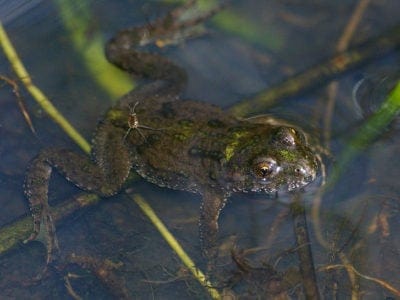
Fire-Bellied Toad
Found across mainland Europe and Asia!

Firefly
The firefly produces some of the most efficient light in the world

Flea
Adult fleas can jump up to 7 inches in the air

Fly
There are more than 240,000 different species!

Flying Squirrel
Can glide up to 90 meters!

Fox
Only 12 species are considered "true foxes"

Frog
There are around 7,000 different species!

Fruit Fly
Fruit flies are among the most common research animals in the world

Gazelle
Named for the Arabic word for love poems

Gecko
There are thought to be over 2,000 species!

Gerbil
Originally known as the Desert Rat!

German Cockroach
The most common type of urban roach

Glass Lizard
Can grow up to 4ft long!

Glowworm
Found inhabiting dense woodland and caves!

Gnat
Males form large mating swarms at dusk

Goat
Most closely related to the Sheep!

Goldcrest
The goldcrest never starts moving and needs to consume for most of the day to survive. Therefore, in the colder months, it's best that eat 90% a day.

Golden Eagle
Their calls sound like high-pitched screams, but they are quiet most of the time.

Golden Oriole
Migrates between Europe and Asia!

Goose
There are 29 different species!

Grasshopper
There are 11,000 known species!

Green Bee-Eater
Mainly eats honeybees!
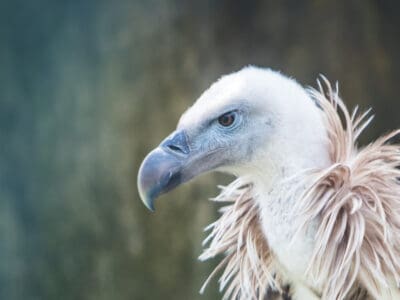
Griffon Vulture
Can spot a dead animal from thousands of feet away

Gypsy Moth
One of the most invasive species in the world

Hamster
Able to run as quickly backwards as forwards!

Hare
Can reach speeds of over 50 mph!

Hawk Moth Caterpillar
Many hawk moth caterpillars eat toxins from plants, but don’t sequester them the way milkweed butterflies do. Most toxins are excreted.

Hedgehog
Thought to be one of the oldest mammals on Earth!

Heron
Inhabits wetlands around the world!

Honey Bee
There are only 8 recognized species!

Hoopoe
Stunning bird with a stinky way to deter predators!

Horse
Has evolved over 50 million years!

Horsefly
Horseflies have been seen performing Immelmann turns, much like fighter jets.

Housefly
The fly has no teeth

Human
Thought to have orignated 200,000 years ago!

Huntsman Spider
Some huntsman spiders have an interesting way of moving around. Some cartwheel while others do handsprings or backflips.

Ibis
Found in swamps, marshes and wetlands!

Insects
There are an estimated 30 million species!
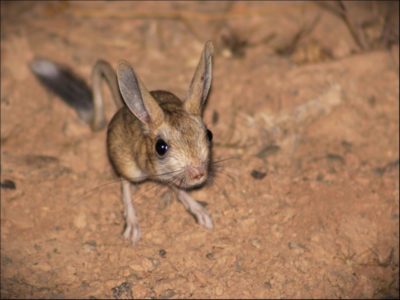
Jerboa
Tiny rodent with a kangaroo-like jump!

Jumping Spider
Some can jump 50 times the length of their bodies

Kingfisher
Inhabits wetlands and woodlands worldwide!

Ladybug
There are more than 5,000 species worldwide!

Leech
Has 10 pairs of eyes!

Liger
The offspring of a lion and tiger parents!

Linnet
While linnets are monogamous during mating season, they do not mate for life. While breeding pairs are together, the males are highly territorial and will defend the nesting site and the surrounding area.

Lizard
There are around 5,000 different species!

Locust
Each locust can eat its weight in plants each day.

Long-Eared Owl
Ear tufts make it look bigger!
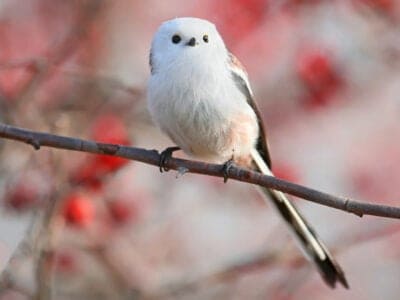
Long-Tailed Tit
Often hangs upside down while feeding!

Magpie
They are found across Europe, Asia and Africa!
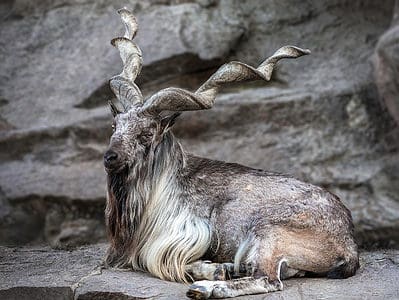
Markhor
The markhor drools a foamy substance after chewing its cud, which the local people use for extracting snake poison.
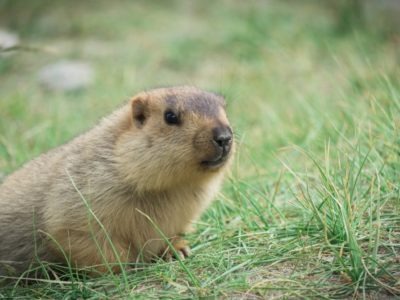
Marmot
A marmot spends 80% of its life below ground

Masked Palm Civet
Found throughout Asia, India and China!

Mayfly
There are 2,500 known species worldwide!

Mealybug
They have a symbiotic relationship with ants.

Millipede
Some species have a poisonous bite!

Mole
Primarily hunts and feeds on Earthworms!
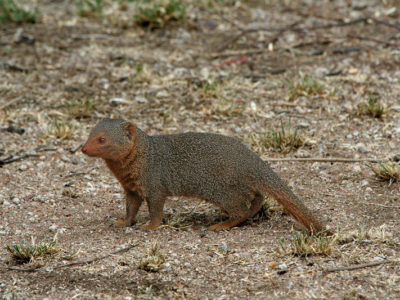
Mongoose
Range in size from just 1 to 3 foot!

Mongrel
Has characteristics of two or more breeds!

Monitor Lizard
Some species are thought to carry a weak venom!

Monkey
There are around 260 known species!

Moorhen
Feeds on aquatic insects and water-spiders!

Mosquito
Only the female mosquito actually sucks blood

Moth
There are 250,000 different species!

Mouse
Found on every continent on Earth!

Mule
The offspring of a horse and donkey parents!

Neanderthal
Roamed Asia and Europe for around 100,000 years!

Nematode
Nematodes range in size from 1/10 of an inch to 28 feet long

Newt
Able to regrow lost or damaged limbs!

Nightingale
Named more than 1,000 years ago!

No See Ums
There are more than 5,000 species.

Orb Weaver
Females are about four times the size of males

Osprey
They reuse nesting sites for 70 years!

Otter
There are 13 different species worldwide

Owl
The owl can rotate its head some 270 degrees

Parrot
Can live for up to 100 years!

Peregrine Falcon
Fastest animal on Earth

Pheasant
Females lay between 8 and 12 eggs per clutch!

Pig
Thought to have been domesticated in 9,000 BC!

Pigeon
They can find their way back to their nests from up to 1300 miles away.

Pika
Found in mountainous regions and rocky areas

Pond Skater
There are 500 different species!

Porcupine
There are 30 different species worldwide!

Purple Emperor Butterfly
Inhabits deciduous forests!

Quail
Inhabits woodland and forest areas worldwide!

Rabbit
There are more than 300 different species!

Rat
Omnivores that eat anything!

Rat Snakes
Rat snakes are constrictors from the Colubridae family of snakes.

Rhinoceros
It's horns are made from keratin!

River Turtle
Inhabits freshwater habitats around the world!

Robin
There are more than 45 species in Australia alone!

Rodents
The capybara, the world’s largest rodent, likes to be in and around bodies of water. Because of this, the Catholic Church in South America decided that it was a fish, and people were allowed to eat it during Lent and First Fridays.

Rooster
Will mate with the entire flock!
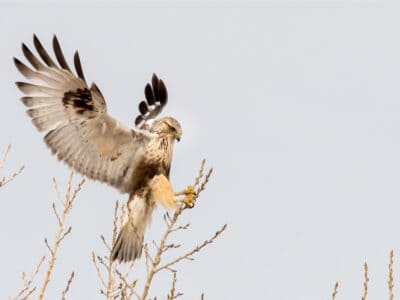
Rough-Legged Hawk (Rough-Legged Buzzard)
Its scientific name, lagopus, is Ancient Greek for “hare” and “foot,” referring to its feathered feet and toes.
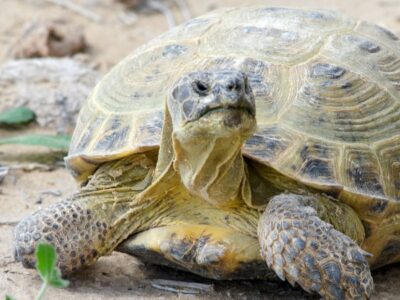
Russian Tortoise
Known by at least five different names

Sable Ferret
Ferrets were used during the Revolutionary War to keep down the rat population.

Salamander
There are more than 700 different species!
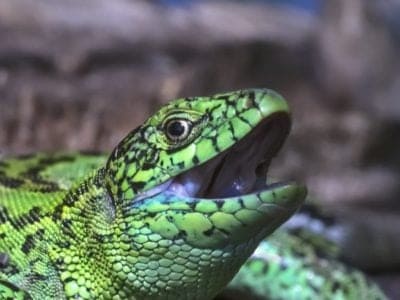
Sand Lizard
Males turn green in spring!
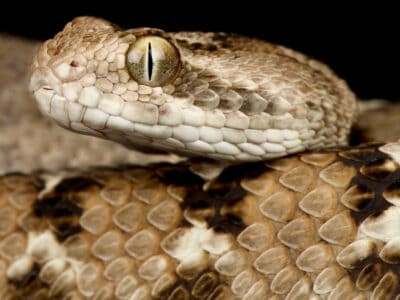
Saw-scaled Viper
This is the smallest venomous snake in India's Big Four.

Scorpion
There are around 2,000 known species!

Sea Eagle
The sea eagle tends to mate for life with a single partner

Seahorse
Males give birth to up to 1,000 offspring!

Sheep
Around 35 million in the English countryside!

Short-Eared Owl
The short-eared owl is one of the most widespread owl species in the world, covering five continents.

Shrew
The spinal column of the shrew Scutisorex somereni is so strong and reinforced that it can support the weight of an adult human.

Shrimp
There are 2,000 different species worldwide!

Siberian Ibex
There’s a population of Siberian ibex in New Mexico

Skink Lizard
Some skinks lay eggs in some habitats while giving birth to skinklets in other habitats.

Slow Worm
Found widely throughout British gardens!

Slug
They glide around on one foot, which is aided by the slime they produce

Smokybrown Cockroach
Has up to 45 eggs per egg case

Snail
There are nearly 1,000 different species!

Snake
There are around 4,000 known species worldwide

Sparrow
There are 140 different species!

Spider Wasp
They prey on spiders to feed their larvae or they parasitize other spider wasps.

Squirrel
Small rodents found in woodlands worldwide!

Stick Insect
There are more than 3,000 different species!

Stoat
Average adults weigh about 200 grams!

Stork
They can’t sing like other birds.

Swan
Populations have been affected by pollution!

Tarantula Hawk
Tarantula hawks are excellent pollinators, especially for milkweed.
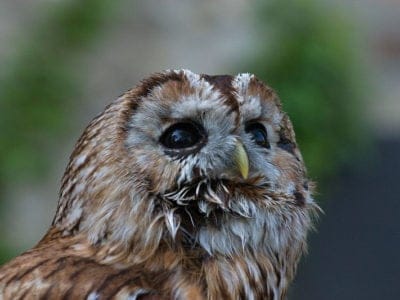
Tawny Owl
The most widespread owl in Europe!

Termite
Their mounds can be up to 9 meters tall!

Thrush
The American robin is called the robin because its red breast reminded European settlers of the robin back in the old country.

Tick
They inject hosts with a chemical that stops them from feeling the pain of the bite
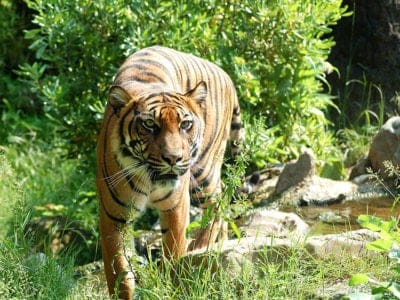
Tiger
The largest feline in the world!

Tiger Beetle
The adult tiger beetle is one of the fastest land insects in the world
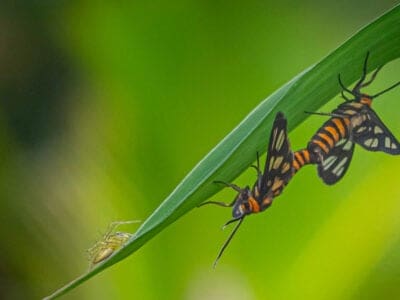
Tiger Moth
The bright colors of this moth are a signal to predators that it has a terrible taste.

Tortoise
Can live until they are more than 150 years old!

Tree Frog
Found in warmer jungles and forests!

Turtles
Some species of aquatic turtles can get up to 70 percent of their oxygen through their butt.

Vinegaroon
Vinegaroons can spray 19 times before the glands are depleted

Viper
Vipers are one of the most widespread groups of snakes and inhabit most

Vulture
There are 30 different species worldwide!

Wasp
There are around 75,000 recognised species!

Water Buffalo
Has been domesticated for thousands of years!
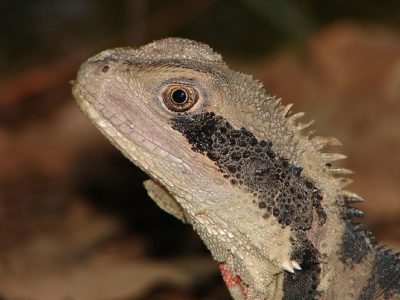
Water Dragon
Spends most of it's time in the trees!

Weasel
The smallest carnivorous mammal in the world!

White Ferret / Albino Ferrets
There are two different types of white ferrets!

White Tiger
None have been seen in the wild for 50 years!
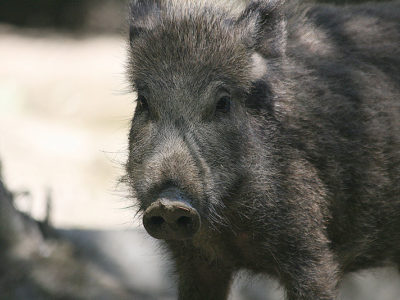
Wild Boar
Males have a top tusk to sharpen the bottom one!

Wolf
Thought to date back more than 300,000 years!

Wolf Spider
Carnivorous arachnid that hunts its prey.

Woodlouse
This animal can roll up into a ball

Woodlouse Spider
Unlike most spiders, woodlouse spiders don’t build a web.

Woodpecker
There are 200 different species!

Worm
Doesn’t have eyes.

Wryneck
They feign death by making their bodies limp and closing their eyes.
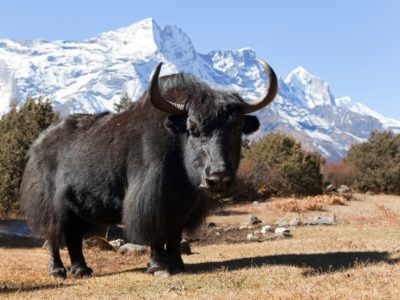
Yak
Yaks can live at altitudes up to 20,000 feet--the highest of any land-dwelling mammal.
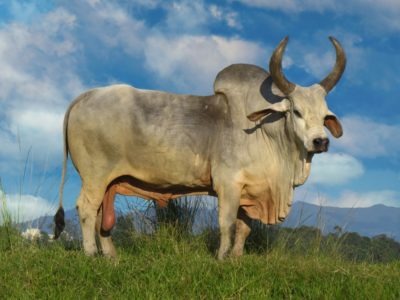
Zebu
There are around 75 different species!
Tajikistani Animals List
- Admiral Butterfly
- Ant
- Antelope
- Armyworm
- Asiatic Black Bear
- Aurochs
- Avocet
- Banana Spider
- Barb
- Barn Owl
- Barn Swallow
- Bat
- Bear
- Bed Bugs
- Bee
- Beetle
- Bird
- Biscuit Beetle
- Black Widow Spider
- Brazilian Treehopper
- Brown Bear
- Brown Dog Tick
- Bumblebee
- Butterfly
- Camel
- Camel Cricket
- Carpenter Ant
- Carpet Viper
- Cat
- Caterpillar
- Catfish
- Centipede
- Chicken
- Cinereous Vulture
- Cockroach
- Codling Moth
- Common Buzzard
- Common Furniture Beetle
- Common House Spider
- Common Raven
- Cormorant
- Cow
- Crab
- Crab Spider
- Crane
- Cricket
- Crow
- Cuckoo
- Deer
- Dog
- Dog Tick
- Donkey
- Dormouse
- Dragonfly
- Duck
- Dung Beetle
- Eagle
- Earthworm
- Earwig
- Eel
- Egyptian Vulture
- Ermine
- Eurasian Eagle-owl
- Eurasian Jay
- European Bee-Eater
- European Goldfinch
- European Robin
- Falcon
- False Widow Spider
- Fire-Bellied Toad
- Firefly
- Flea
- Fly
- Flying Squirrel
- Fox
- Frog
- Fruit Fly
- Gazelle
- Gecko
- Gerbil
- German Cockroach
- Glass Lizard
- Glowworm
- Gnat
- Goat
- Goldcrest
- Golden Eagle
- Golden Oriole
- Goose
- Grasshopper
- Green Bee-Eater
- Griffon Vulture
- Gypsy Moth
- Hamster
- Hare
- Hawk Moth Caterpillar
- Hedgehog
- Heron
- Honey Bee
- Hoopoe
- Horse
- Horsefly
- Housefly
- Human
- Huntsman Spider
- Ibis
- Insects
- Jerboa
- Jumping Spider
- Kingfisher
- Ladybug
- Leech
- Liger
- Linnet
- Lizard
- Locust
- Long-Eared Owl
- Long-Tailed Tit
- Magpie
- Markhor
- Marmot
- Masked Palm Civet
- Mayfly
- Mealybug
- Millipede
- Mole
- Mongoose
- Mongrel
- Monitor Lizard
- Monkey
- Moorhen
- Mosquito
- Moth
- Mouse
- Mule
- Neanderthal
- Nematode
- Newt
- Nightingale
- No See Ums
- Orb Weaver
- Osprey
- Otter
- Owl
- Ox
- Parrot
- Peregrine Falcon
- Pheasant
- Pig
- Pigeon
- Pika
- Pond Skater
- Porcupine
- Purple Emperor Butterfly
- Quail
- Rabbit
- Rat
- Rat Snakes
- Rhinoceros
- River Turtle
- Robin
- Rodents
- Rooster
- Rough-Legged Hawk (Rough-Legged Buzzard)
- Russian Tortoise
- Sable Ferret
- Salamander
- Sand Lizard
- Saw-scaled Viper
- Scorpion
- Sea Eagle
- Seahorse
- Sheep
- Short-Eared Owl
- Shrew
- Shrimp
- Siberian Ibex
- Skink Lizard
- Slow Worm
- Slug
- Smokybrown Cockroach
- Snail
- Snake
- Sparrow
- Spider Wasp
- Squirrel
- Stick Insect
- Stoat
- Stork
- Swallowtail Butterfly
- Swan
- Tarantula Hawk
- Tawny Owl
- Termite
- Thrush
- Tick
- Tiger
- Tiger Beetle
- Tiger Moth
- Tortoise
- Tree Frog
- Turtles
- Vinegaroon
- Viper
- Vulture
- Wasp
- Water Buffalo
- Water Dragon
- Weasel
- White Ferret / Albino Ferrets
- White Tiger
- Wild Boar
- Wolf
- Wolf Spider
- Woodlouse
- Woodlouse Spider
- Woodpecker
- Worm
- Wryneck
- Yak
- Zebu
Animals in Tajikistan FAQs (Frequently Asked Questions)
Where in the World is Tajikistan?
Tajikistan is located in central Asia. It borders China, Afghanistan, Kyrgyzstan, and Uzbekistan.
What Animals Live in Tajikistan?
Tajikistan is home to many different types of unique wildlife. Mammals, birds, reptiles, and insects are all represented.
What are the most notable animals? There are predatory mammals, including brown bears, snow leopards, and wolves. There are many sheep, deer, and cattle as well. Birds include the majestic golden eagle. Snakes and lizards live under rocks and underbrush.
Legend has it that the sniejnii tcheloviek, commonly called the yeti or abominable snowman, stalks the mountains of Tajikistan. Some researchers believe that sightings, fur, and footprints attributed to the yeti may actually have come from bears. Or, it could be that a yet-undiscovered type of animal lives there or an extinct creature once did.
Are There Bears in Tajikistan?
Yes! Tajikistan is home to brown bears. They live in the lush forests and valleys of Tajikistan’s mountains. Brown bears are actually quite common there. Some people travel to the area just to view these wonderful creatures in the wild.





